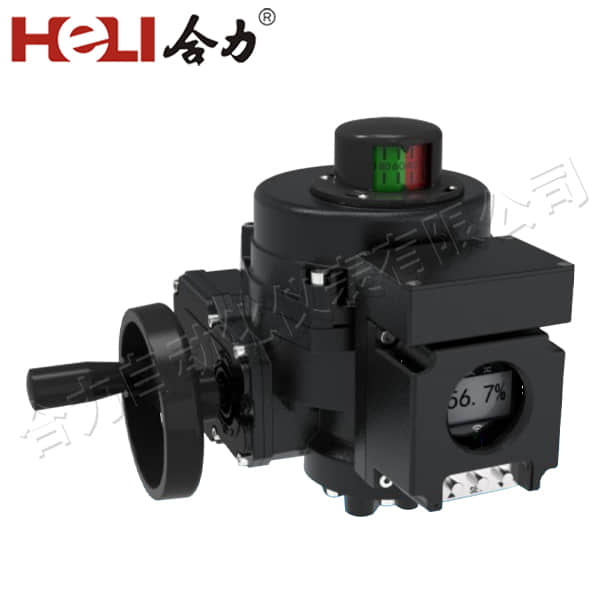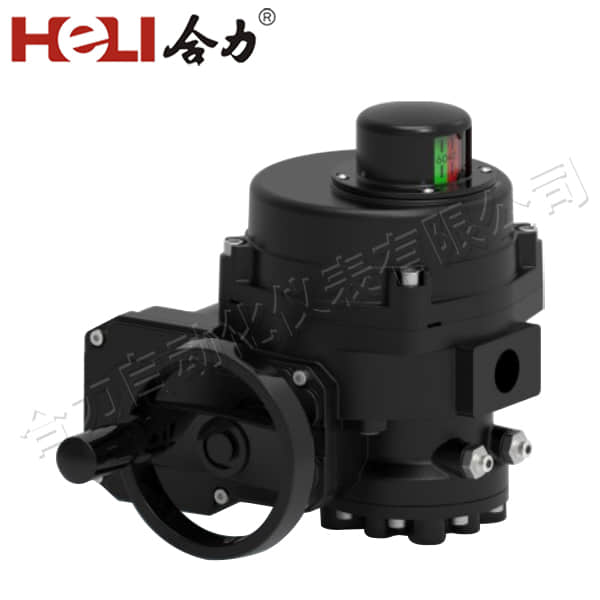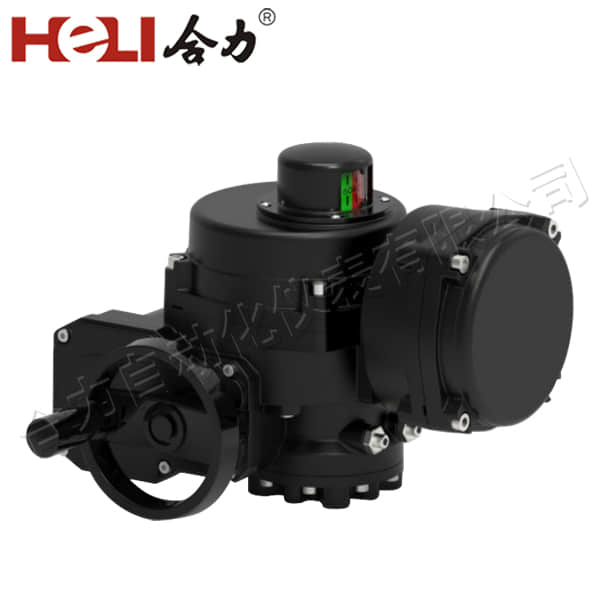understanding electric actuators: the future of automation
Release time:2024-12-24 03:25:05
Electric actuators are crucial components in modern automation systems, serving as the interface between control signals and mechanical movement. They convert electrical energy into mechanical motion, allowing for precise control of various applications across different industries. This article explores the principles, types, applications, and advantages of electric actuators, highlighting their significance in today's technology-driven world.

Principles of Operation

Electric actuators operate on the basic principle of converting electrical energy into mechanical energy. They usually consist of three main components: the electric motor, the gearbox, and the output mechanism. When an electrical signal is applied, the motor generates rotational motion. This motion is often transferred through a gearbox that modifies the speed and torque, making it suitable for the specific application. Finally, the output mechanism, which can be a linear or rotary device, converts this motion into the desired mechanical action.
Types of Electric Actuators

